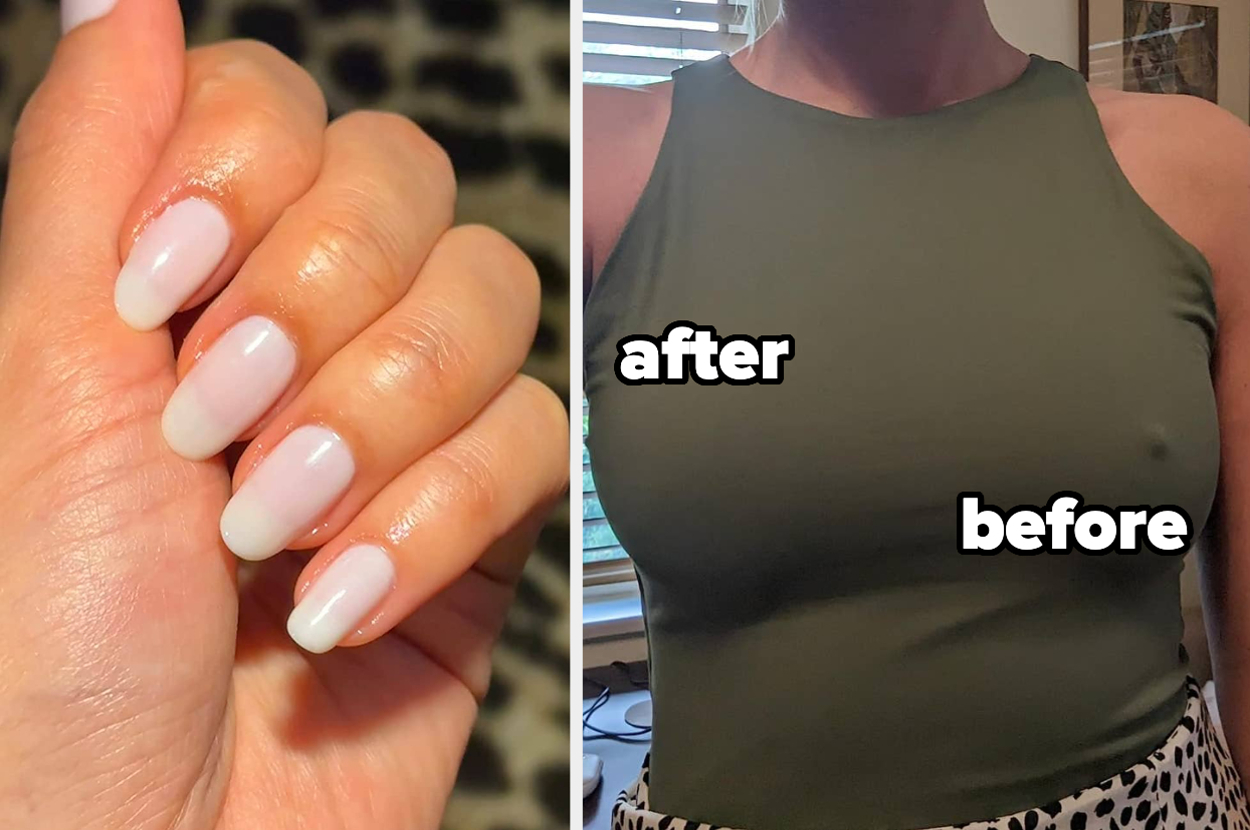Windows serve as a gateway to the outside world. They let light into our rooms and give us a full view of the outside world. But damage can still happen to these important parts of our homes and buildings.
A broken window not only takes away from the look of a home, but it could also be dangerous and waste energy. From broken glass to broken tools, there are many things that can go wrong and need to be fixed right away.
In this article, we delve into the realm of broken window repair, equipping you with the knowledge to identify and resolve common issues. We will guide you through the intricacies of window damage recognition.
We will also provide practical solutions to restore both the functionality and beauty of your windows. So, read on!
Cracked or Shattered Glass
For cracked windows, examine the window pane from both sides. Look for visible cracks or fractures in the glass surface. These cracks may vary in length, direction, or thickness and can be located anywhere on the pane.
If you can’t find any visible cracks, try tapping on the glass. Use any solid object, such as a wooden dowel or a metal object. If you hear a dull or vibrating sound instead of a clear and crisp tone, it could indicate a cracked or compromised window pane.
If the crack is small and doesn’t compromise the window’s structural integrity, you can use clear adhesive tape on both sides of the glass to hold it together temporarily. This will help prevent the crack from spreading until a permanent solution can be implemented.
For severe cracks or shattered glass, a start to finish window replacement is recommended. Measure the dimensions of the broken glass and consult a professional glass supplier or broken window repair service to acquire a replacement pane that matches your window’s specifications.
Faulty Frames and Sashes
Examine the window frames and sashes for signs of wear, damage, or misalignment. Look for cracks, gaps, warping, or rotting wood, depending on the material of your window frames.
Check for uneven gaps between the window frame and the wall or noticeable misalignment of the window within its frame. This can be an indication of compromised frames or sashes.
For minor cracks or damage to wooden frames, you can use wood filler or epoxy to fill in the gaps and restore stability. Sand and repaint the frames to achieve a uniform appearance.
If the window is misaligned, you may need to adjust the frame or sash to ensure proper fit and operation. Consult the window manufacturer’s instructions or seek professional help for precise realignment techniques.
In cases of severe damage, rot, or irreparable issues, replacing the entire frame or sash may be necessary. Consult a professional window installer or contractor to assess the extent of the damage and determine the best course of action.
Drafts and Condensation
Look for visible gaps, cracks, or damaged weatherstripping around the window frame. Condensation on the inside of the window glass, especially between panes in double-glazed windows, can also show a problem with insulation.
Run your hand around the edges of the window frame and sash, feeling for any cool air drafts. Pay attention to areas where the window meets the frame, as well as corners and seams.
You can also do the candle test when checking for drafts. Light a candle and move it around the window frame and sash while observing the flame. If the flame flickers or bends in a particular area, it suggests the presence of a draft.
Use caulk or sealant to fill gaps and cracks around the window frame. Apply a bead of caulk along the edges where the window meets the frame to create an airtight seal.
If condensation occurs between the panes of a double-glazed window, it indicates a broken seal. In this case, the affected window unit may need to be repaired or replaced by a professional to restore its insulating properties.
If your windows are old or inefficient, upgrading to energy-efficient windows can reduce drafts, condensation, and energy loss. Consult a window professional to explore the best options for your needs and budget.
Malfunctioning Hinges, Locks, and Handles
If you encounter resistance, sticking, or excessive force required when operating the window, it means that there’s a problem with the hinges. If the window does not latch or lock, it could be due to faulty locks or misaligned components.
You can also inspect the handles for signs of wear, or damage. Loose or broken handles can affect the functionality and security of the window.
Lubrication can help the hinges work better. Apply a silicone-based lubricant or graphite powder to the hinges to reduce friction and improve their operation. Make sure to clean off any dirt or debris before applying lubrication.
You can also check for loose screws or bolts on the hinges, locks, and handles. Tighten them with the appropriate tools. If misalignment is the issue, adjust the hinges or hardware to ensure proper alignment and smooth operation.
Essential Tools for Broken Window Repair
When it comes to window repair, having the right tools on hand can make the process smoother and more efficient. A set of screwdrivers of various sizes and types (both flathead and Phillips) will be useful for removing screws and securing hardware during window repairs. You would also need a glass cutter when you need to replace your panes and a measuring tape for accurate measurements.
Finally, safety equipment is a must. Safety glasses or goggles, work gloves, and a dust mask are essential for protecting your eyes, hands, and lungs during window repairs.
Get Your Windows Repaired
Broken window repair requires knowing the signs and how to resolve each problem. Get the necessary tools and wear safety equipment.
Start repairing your windows! We hope this piece has helped you find and fix some of the most common window repair problems.
Did you find this article helpful? Keep reading our blog for more!
Source link










Leave a Reply